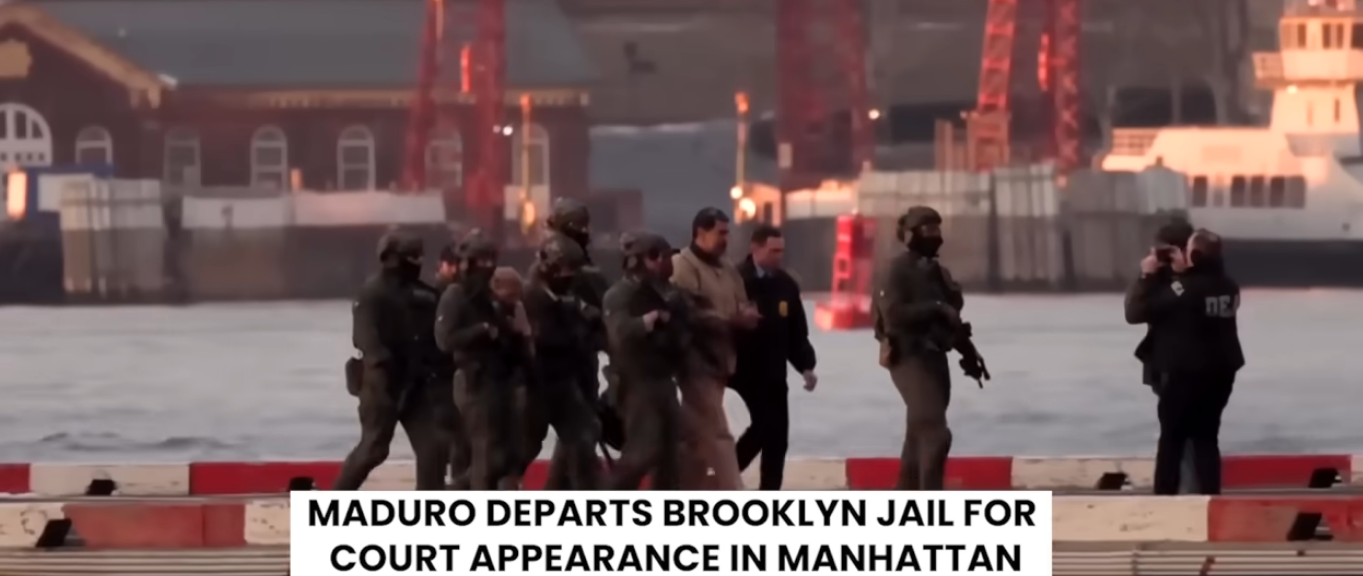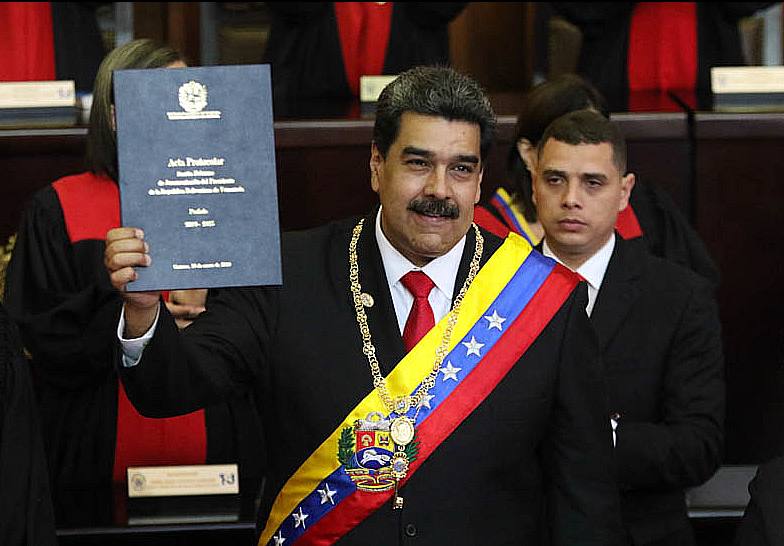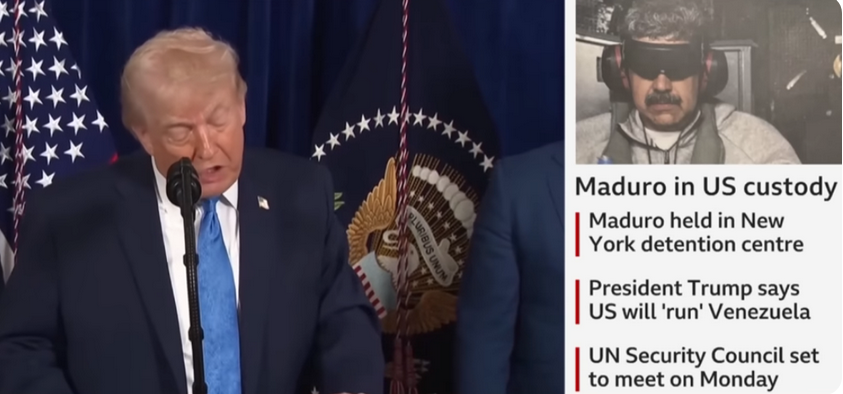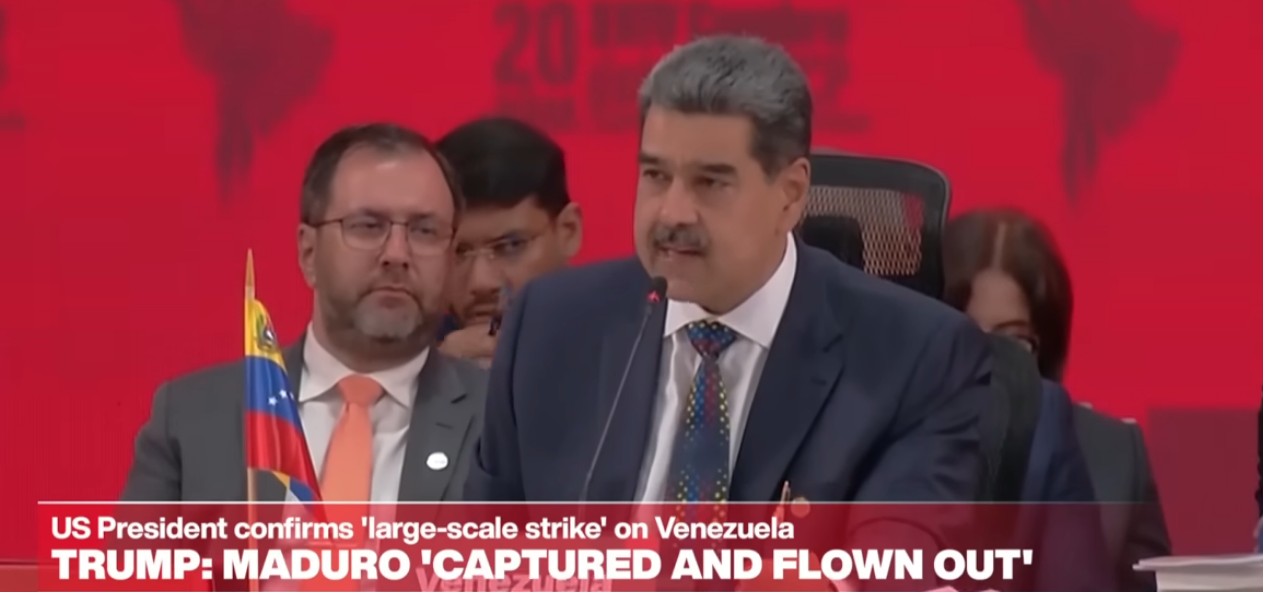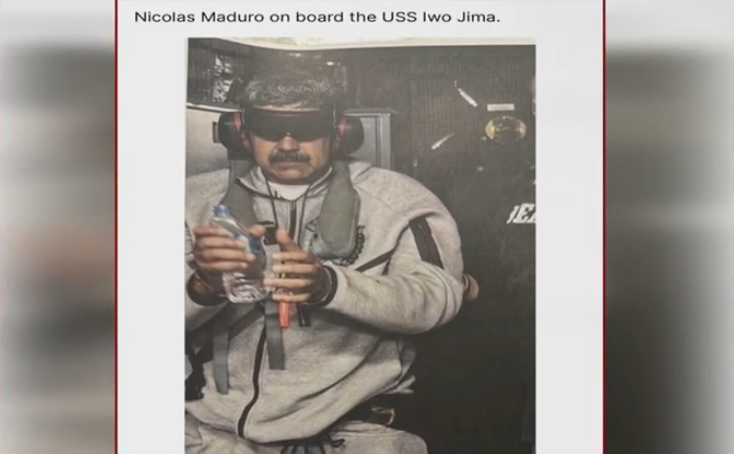U.S. Ambassador Malac being hoodwinked by brutal dictator Gen. Museveni
If an eruption of social upheaval one day occurs given the widespread lawlessness no Ugandan will be surprised. On Friday, a pro-regime lawmaker Ibrahim Abiriga was assassinated. There have been several dozen unsolved murders over the past three years as well.
Some have the signs of professional assassinations. Yet, as Uganda is pushed on a path of turmoil, outside supporters of tyranny still provide diplomatic cover for the U.S.-backed dictator of 32 years Gen. Yoweri Museveni. Last month from May 23 to 25 an organization called Global Action Against Mass Atrocity Crimes (GAAMAC) held a three-day conference in Kampala, Uganda, to discuss how the world should fight crimes against humanity, war crimes, and impunity by the perpetrators of such mass violence.
In an editorial we denounced GAAMAC’s choice of venue for this conference. We called it “macabre” given that Gen. Museveni himself has either orchestrated or exacerbated genocidal conflicts over the decades. We questioned the sanity of the organizers.
Certainly, GAAMAC and it’s chair, Ms. Mo Bleeker, must have been or should have been aware of Gen. Museveni’s resume of mass atrocities.
Yet, Museveni was still rewarded by allowing his regime to host a conference purporting to address the horrors of mass atrocities. From 1986 to 2006, Gen. Museveni confined 90% of the population of Acholi, in the northern part of Uganda, inside concentration camps.
The World Health Organization (WHO) in a survey found that more than 1,000 excess deaths occurred from starvation, lack of healthcare, unsanitary conditions, and sexual violence from government soldiers.
The camps lasted for 20 years. This means possibly more than one million people perished. The calamity, under this program of planned-neglect by Gen. Museveni’s regime is captured in the award-winning documentary “A Brilliant Genocide.” The film is currently being screened in the United States.
Here are other frontlines where Gen. Museveni’s militarism has led to millions of deaths:
Within Uganda, in addition to the genocide in the concentration camps Gen. Museveni ordered several campaigns of massacres to suppress opposition to his ruthless dictatorship.
Between August 17 to August 19, 1986, 70 civilians were gunned down like animals by Museveni’s soldiers in what became known as the Namukora massacre; some of the survivors were anally raped, crimes also documented in “A Brilliant Genocide.”
On July 11, 1989, 60 boys and men were suffocated to death; they were locked by Museveni’s soldiers in a rail-wagon and a fire was lit beneath it. This is now referred to as the Mukura massacre.
On September 10, 2009, 40 civilians were shot dead when Gen. Museveni’s armed forces blocked the hereditary king of Buganda, Kabaka Ronald Mutebi, from visiting some of his citizens in Kayunga.
More recently, in November 2016, more than 100 civilians, including women and children were reported murdered when Museveni’s security forces attacked the castle of the hereditary king of the Rwenzururu, Charles Wesley Mumbere. Museveni has rejected calls by Human Rights Watch to allow an independent international investigation.
https://www.hrw.org/news/2017/03/15/uganda-ensure-independent-investigation-kasese-killings
Here’s the calamity Museveni has created outside Uganda:
[] In 1990, Gen. Museveni’s military invaded Rwanda and launched a war of aggression. The war lasted four years and exacerbated ethnic tensions between Hutus and Tutsis. The army that had invaded Rwanda was renamed the Rwanda Patriotic Front (RPF). In April 1994, the conflict degenerated into genocidal killings after a double assasination. The plan carrying Rwanda’s president Juvenal Habyarimana and Burundi’s Cyprien Ntayamire was shot down by missiles that The New York Times reported were provided to Museveni by the United States.
https://mobile.nytimes.com/1998/04/07/world/fateful-crash-in-africa-link-to-us-is-denied.html
Anywhere from 800,000 to one million Tutsis and Hutus were reported to have been murdered in the mayhem that followed the double-assassinations.
[] Since Gen. Museveni was never held accountable for the war of aggression he launched against Rwanda, in 1997, he invaded what was then Zaire. The war met muted condemnation because it resulted in the overthrow of a long-time enemy of Africa, Gen. Mobutu. Thereafter, Gen. Museveni, salivating over Congo’s resources, partnered with Western corporation to launch multiple invasions to plunder Congo’s riches. In 2005 the International Court of Justice (ICJ) found Uganda liable of war crimes –massacres, mass rapes, resource plunder, mutilation of civilians– and awarded reparations to Congo of $10 billion. The Wall Street Journal reported that the ICC also launched its own separate criminal investigation; it reported that Gen. Museveni urged then U.N. Secretary General Kofi Annan to block the investigation. The estimated deaths in the Congo as a result of the multiple wars –ethnic cleansing, population displacement and diseases– is in the excess of six million.
[] Congo has not yet enforced the $10 billion judgment awarded to Congo. So, in December 2013, Museveni felt no burden –or remorse for the destruction and deaths he caused– from his previous wars of aggression and he launched an invasion of South Sudan.
A political dispute had developed between South Sudan’s President Salva Kiir and Vice President Riek Machar. Instead of mediating, Gen. Museveni invaded and took sides, supporting Kiir. According to Human Rights Watch, Museveni used deadly cluster bombs, which are banned under international law. Hundreds of thousands of South Sudanese have died as a result of Museveni’s reckless militarism. As in Uganda, and later in Rwanda and Congo, sexual violence –the rapes of women, children, and men– have become weapons of war.
[] In addition to these mass crimes, GAAMAC must have been or should have been aware that in September 2017 scores of Ugandan civilians who resisted Museveni’s bid to remove the 75-age ceiling from the constitution –so that he can run again in 2021 when he would be anywhere from 77 to 80– were shot dead.
[] GAAMAC must have or should have been aware that brave members of Parliament who tried to filibuster the age-ceiling bill from becoming law were attacked by Museveni’s security forces. They invaded Parliament dressed in suits. The brutal assault was misreported by most global media. The incident was presented as a case of African legislators getting a bit too rowdy. In fact, during the attack one member of Parliament, a vocal opponent of Museveni’s bid to scrap the age-ceiling Ms. Betty Nambooze, had her back deliberately broken by the security agents. The dictator removed presidential term limits from the constitution in 2005. (The U.S., which provides the Museveni regime with more than $1 billion in annual financial and military support has played a negative role. It has aided and abetted Museveni’s atrocities. After the temporary crippling of Nambooze, U.S. ambassador to Uganda Deborah Malac issued a vapid statement which in part referred to “rough treatment” of some Members of Parliament — perhaps she should check with Nambooze to find out how rough.)
Over the past four years there have been several murders and kidnappings, especially of women, for ransom. In many cases the victims have been killed.
Serial murders in recent years first targeted Muslim males, particularly in 2015, leading to the 2016 elections stolen by Museveni. The bodies were dumped into lake Victoria. They would wash up on the beaches.
Thereafter, dozens of women have been kidnapped; the people committing the crimes ask for ransom payments or sometimes simply kill the victims and leave their bodies where they can be found.
There have been killings in the current land-grab campaigns all over Uganda. Recently, 14 people were massacred in Apaa in the northern part of Uganda where the resistance to land-grabbing has been fierce.
Before Abiriga’s murder on Friday another high-profiling killing in broad-daylight and similar fashion was that of Andrew Kaweesi, a senior Uganda police official. Both were killed by motocycle-riding gunmen; signs of clear political targeting, given their positions.
Abiriga was a Member of Parliament widely ridiculed for wearing all yellow, the ruling National Resistance Movement dictatorship party –suits, shoes, socks, shoes, and hat– to demonstrate his sycophancy to Gen. Museveni. He had also been a big booster of the age-ceiling removal.
Most Ugandans believe that only the regime has the capacity to carry out such spectacular killings. The motive may be to sow more fear while also scapegoating the opposition. Gen. Museveni is one of the most devious and Machiavellian political actors alive.
So given such a resume of violence how could and why did GAAMAC and Ms. Bleeker award Uganda the hosting of a conference against mass atrocity crimes? As we pointed out in our previous editorial the selection of Uganda under Museveni’s dictatorship seemed deisgned to whitewash the well-documented and well-known crimes that he’s either initiated himself or been involved in.
It’s akin to having either Hitler or Mussolini host conferences to condemn mass atrocity crimes during the 1940s. The conference provided –and continues to provide– Gen. Museveni the license to commit more crimes against his own citizens and those of neighboring countries in East and Central Africa.
Why should Museveni end tyranny in Uganda and regional terrorism if his crimes are rewarded with diplomatic cover by the United States ambassador and organizations such as GAAMAC? How can any Ugandan be safe from Museveni?
Editor’s Note: Ugandans are protesting the signing of the recent oil refinery deal between Dictator Museveni and General Electric (GE) in Boston on June 11 outside the company’s offices at 41 Farnsworth Street, Boston, MA. Contact: [email protected]

